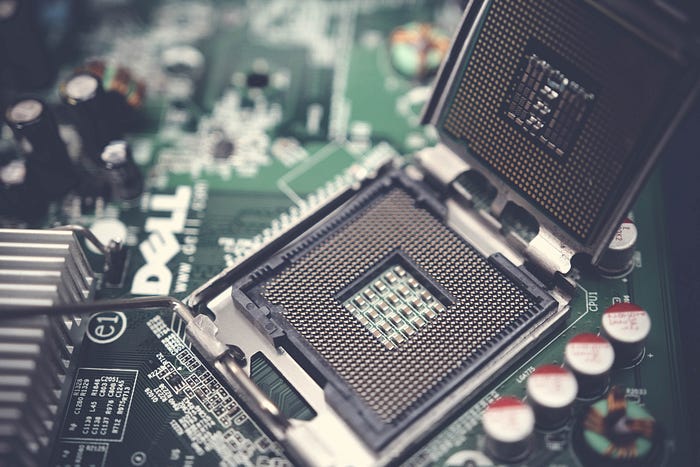
Very large scale integration (VLSI) is the process of creating an integrated circuit(IC) by combining millions of transistors into a single chip. During this process, there are a few important concepts we need to understand and take into consideration.
Below mentioned are the concepts used while designing:
1] Set up time and hold time: The setup time is the interval before the clock where the data must be held stable for data to be latched correctly. The hold time is the interval after the clock where the data must be held stable. Visit Setup time and Hold time to know more about setup time and hold time.
2] Metastability: If the input of the flip flop will changes to a high or a low during this aperture time, then the flip flop captures a value partway between low and high and this state is called the metastable state or quasi-stable state. This process of flip-flop going into a metastable state and then getting into a high or a low state is called metastability. Visit Metastability on Digital Circuits to know more about metastability.
3] Antenna Effect: During plasma etching, metal or poly have a tendency to accumulate certain charges. These charges then get discharged through the gate oxide and destroy it. This effect is called an antenna effect because a large poly area or metals act as an antenna to collect the charge which flows through the gate oxide and damages it. Visit Antenna Effect to know more about Antenna Effect.
4] Skews and Slack: Clock skew is a phenomenon in synchronous circuits in which the clock signal (sent from the clock circuit or source) arrives at different components at different times. Similarly slack is the difference between the desired arrival time and the actual arrival time for a signal. Visit Skew and Slack to know more about Skews and slack.
5] Signal Integrity: Signal Integrity is the ability of the electrical signal to carry information reliably and resist the effects of nearby signals.
6] Crosstalk Effect: Crosstalk could be defined as a phenomenon in which logic transmitted in one net creates undesired effects on its neighboring nets.
Visit Signal Integrity and Crosstalk effect to know more about signal integrity and crosstalk effect.
7] Electromigration: When a high current density passes through a metal interconnect, the momentum of current-carrying electrons may get transferred to the metal ions during the collision between them. Due to the momentum transfer, the metal ions may get drifted in the direction of motion of electrons. Such drift of metal ions from their original position is called the electromigration effect.
8] Drain Punch Through: When the drain is at a high enough voltage with respect to the source, the depletion region around the drain may extend to the source, thus causing current to flow irrespective of the gate voltage( i.e., even if it is zero). This is known as a punch-through condition.
9] Latch Up: Latch-Up is a condition where a low impedance path is created between a supply pin and ground.
10] Body Effect: Body effect refers to the change in the threshold voltage of the device when there is a difference between the substrate(body) and source voltages.
11] Net Shielding: Net shielding is used to avoid the noise interference between signals. It is one of the common techniques to deal with signal integrity issues such as crosstalk noise and delay uncertainty.
12] Short Channel Effect: Short channel effect occurs when the channel length of MOSFET becomes approximately equal to the depletion layer widths of the source and drain junction.
No comments:
Post a Comment